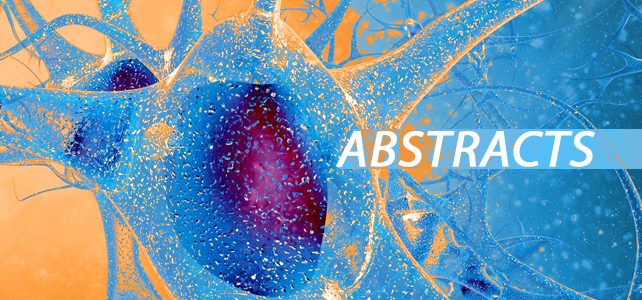Deep brain stimulation for seizure control in drug-resistant epilepsy.
Abstract
Antiepileptic drugs prevent morbidity and death in a large number of patients suffering from epilepsy. However, it is estimated that approximately 30% of epileptic patients will not have adequate seizure control with medication alone. Resection of epileptogenic cortex may be indicated in medically refractory cases with a discrete seizure focus in noneloquent cortex. For patients in whom resection is not an option, deep brain stimulation (DBS) may be an effective means of seizure control. Deep brain stimulation targets for treating seizures primarily include the thalamic nuclei, hippocampus, subthalamic nucleus, and cerebellum. A variety of stimulation parameters have been studied, and more recent advances in electrical stimulation to treat epilepsy include responsive neurostimulation. Data suggest that DBS is effective for treating drug-resistant epilepsy.
KEYWORDS:
AED = antiepileptic drug; ANT = anterior nucleus of thalamus; CMT = centromedian nucleus of thalamus; DBS = deep brain stimulation; ECoG = electrocorticographic; RNS = responsive neurostimulation; SANTE = Stimulation of the Anterior Nucleus of the Thalamus for Epilepsy; STN = subthalamic nucleus; TLE = temporal lobe epilepsy; VNS = vagus nerve stimulation; brain stimulation; catastrophic epilepsy; epilepsy surgery; medically refractory epilepsy; responsive neurostimulation; seizures
- PMID:
- 30064326
- DOI:
- 10.3171/2018.4.FOCUS1872


